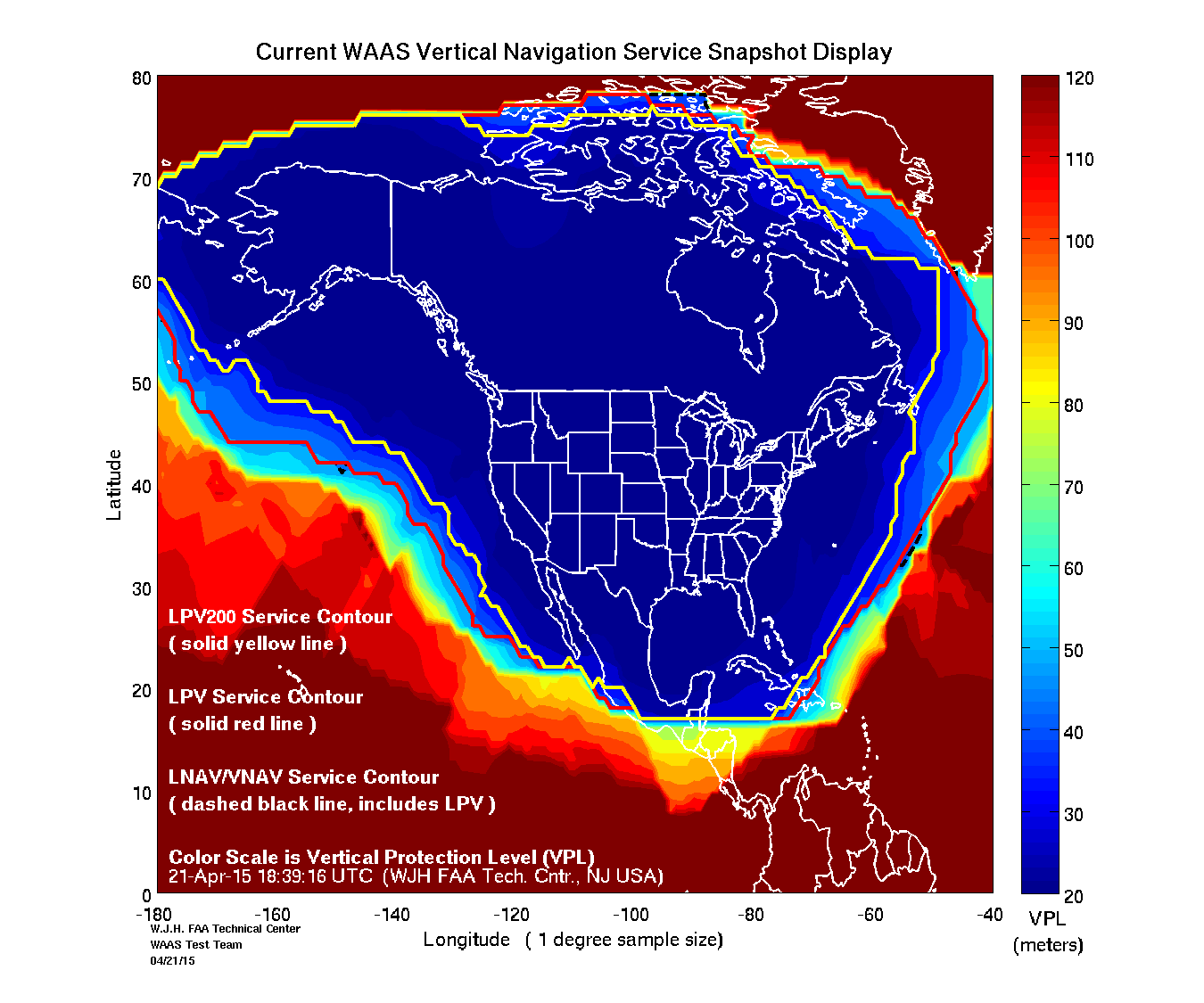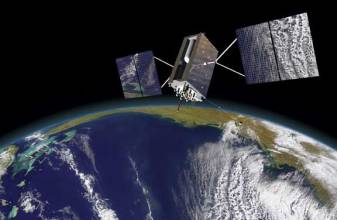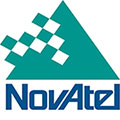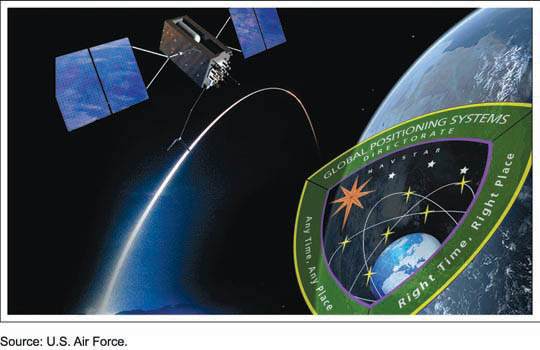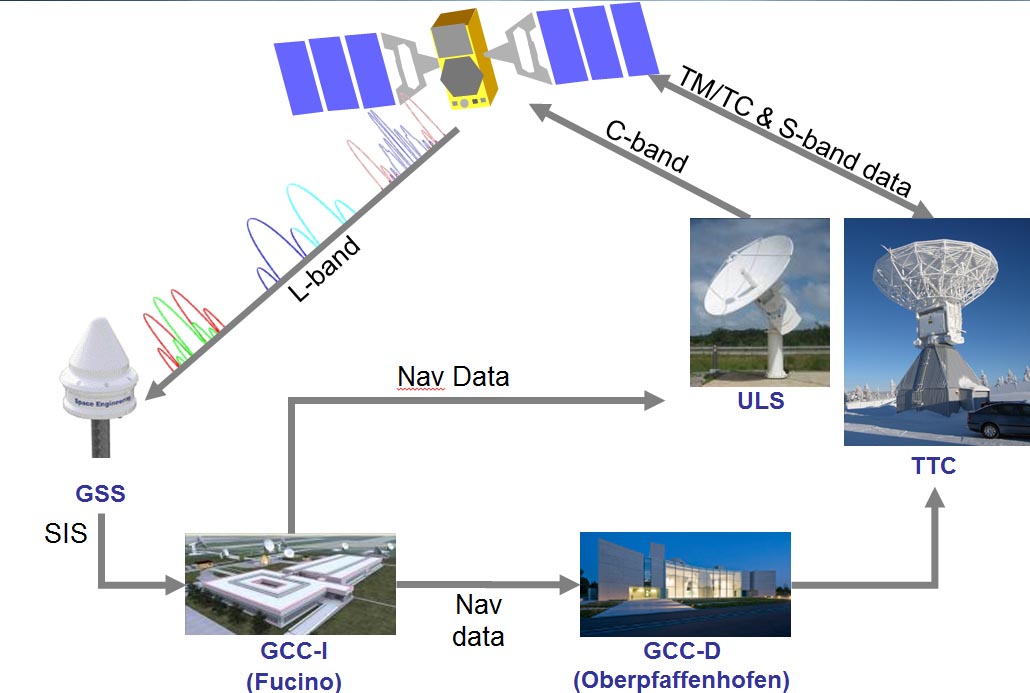USAF Draft RFP Would Re-Open Competition for GPS Satellite Launch Services
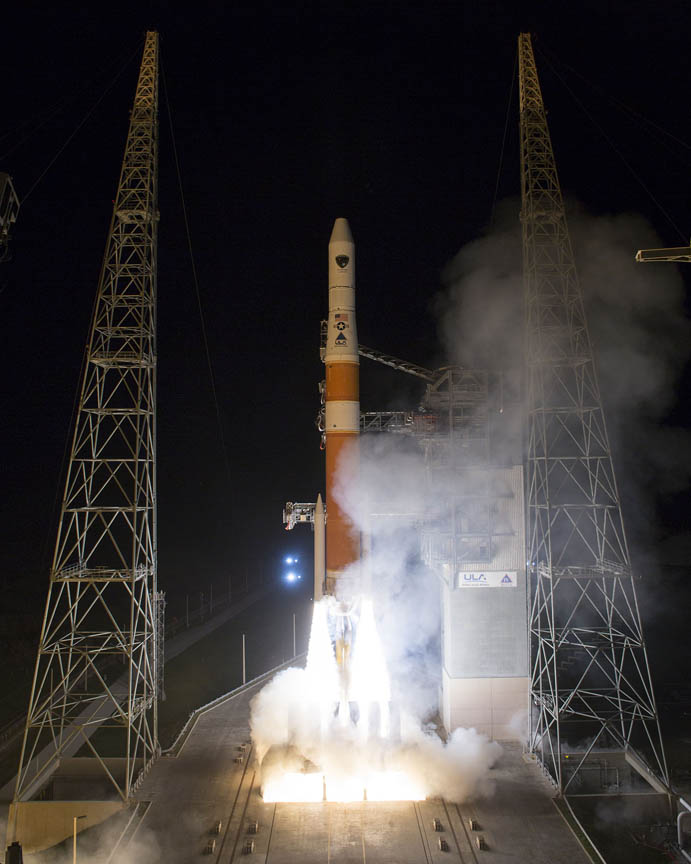 GPS Block IIF-5 on its way from Cape Canaveral on February 20, 2014. Photo by Ben Cooper, United Launch Alliance
GPS Block IIF-5 on its way from Cape Canaveral on February 20, 2014. Photo by Ben Cooper, United Launch Alliance[Updated May 26, 2015] The U.S. Air Force released a draft request for proposal (RFP) yesterday (May 13, 2015) for GPS III Launch Services, including launch vehicle production, mission integration, and launch operations. The Space Exploration Technologies Corporation — better known as SpaceX and headed by Elon Musk — may well enter the competition.
By Inside GNSS



